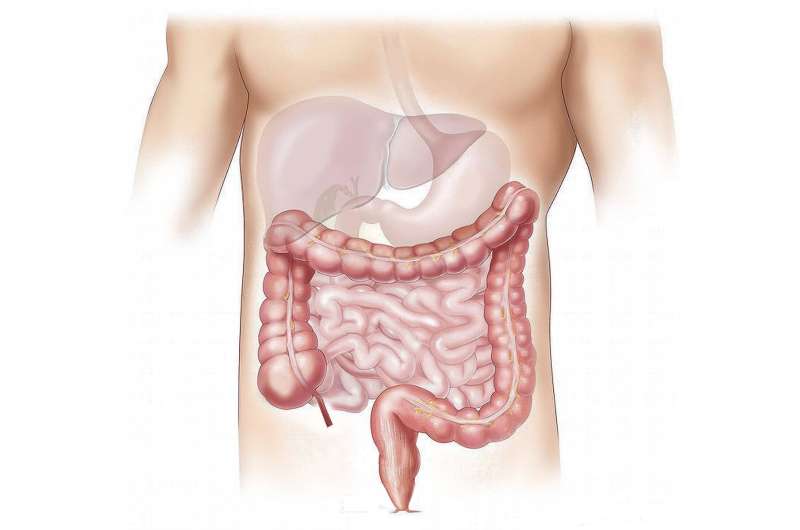Largest Phase III Clinical Trial Demonstrates Promising Results for New Hypertension Treatment

The Launch-HTN trial reveals that lorundrostat, an aldosterone synthase inhibitor, effectively lowers blood pressure in resistant hypertension with a strong safety profile, marking a milestone in cardiovascular research.
The recent findings from the Launch-HTN trial, presented at the 34th European Meeting on Hypertension and Cardiovascular Protection, highlight the potential of lorundrostat, an aldosterone synthase inhibitor, as a safe and effective therapy for uncontrolled or resistant hypertension. This extensive Phase III trial is the largest of its kind to evaluate an aldosterone synthase inhibitor for hypertension management, involving a diverse, global patient population.
The study results indicate that lorundrostat significantly lowers blood pressure across various patient groups, showing a decrease of approximately 16.9 mmHg in systolic blood pressure by Week 6 and around 19 mmHg by Week 12, with placebo-adjusted reductions of 9.1 mmHg and 11.7 mmHg respectively. The medication was well tolerated, boasting a favorable safety profile.
Hypertension affects about one-third of adults worldwide, significantly increasing the risk of heart disease, stroke, and kidney problems. A subset of these patients exhibits dysregulated aldosterone levels, which contribute to elevated blood pressure. Lorundrostat functions by inhibiting CYP11B2, the enzyme responsible for aldosterone production, thereby addressing this hormonal imbalance.
This landmark trial reflects real-world clinical settings by enabling patients to continue their pre-existing medications and utilizing automated blood pressure measurements. The promising results suggest that lorundrostat could soon become a new targeted treatment option, potentially benefiting millions worldwide who struggle to control their blood pressure despite current therapies.
Dr. Manish Saxena, lead investigator and Hypertension Specialist at Queen Mary University of London, emphasized the significance of these findings, noting that this new class of drugs could fill a critical gap in hypertension treatment, especially for patients with resistant forms of the condition.
Overall, the successful outcomes of the Launch-HTN trial mark a major step forward in hypertension research and treatment, highlighting the potential for lorundrostat to improve cardiovascular health outcomes globally.
Source: https://medicalxpress.com/news/2025-05-largest-phase-iii-trial-treatment.html
Stay Updated with Mia's Feed
Get the latest health & wellness insights delivered straight to your inbox.
Related Articles
Comprehensive Prehabilitation Strategy Benefits Frail Heart Failure Patients Awaiting Surgery
A multidisciplinary prehabilitation protocol significantly improves physical and cognitive health in frail heart failure patients awaiting surgery, enhancing surgical outcomes and recovery prospects.
Elinzanetant Effectively Reduces Vasomotor Symptoms in Breast Cancer Patients on Endocrine Therapy
A new phase 3 trial shows that elinzanetant significantly reduces hot flashes and night sweats in women undergoing endocrine therapy for breast cancer, improving quality of life.
Plant Extract from Strawberry Tree Shows Promise in Preventing and Treating Ulcerative Colitis in Rats
A recent rat study indicates that strawberry tree extract may offer protective and therapeutic benefits for ulcerative colitis, a common inflammatory bowel disease, by reducing inflammation and tissue damage.
Digital Resources for Alzheimer's Disease Lack Accessibility for Latinos and Hispanics in Los Angeles Post-COVID-19
A UCLA study reveals significant gaps in digital Alzheimer’s resources for Latino and Hispanic communities in Los Angeles, emphasizing the need for culturally accessible online support post-COVID-19.



